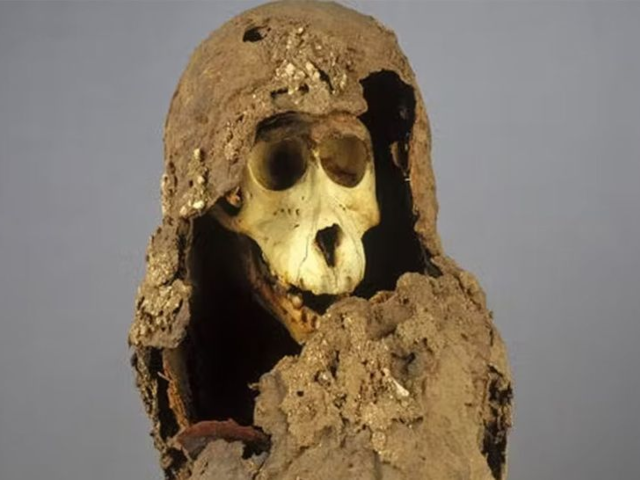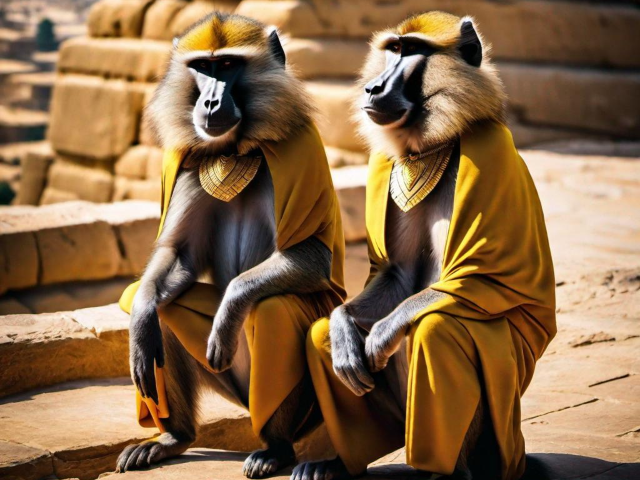[imagesource:wonder]
A new study by geneticists on baboon DNA found in Egypt may have just given researchers the location of the ‘lost realm of Punt’.
The ancient Egyptians loved their baboons, whom they identified with the god Babi, a god of the underworld, and the deity Thoth, who was sometimes represented with a baboon’s head. In ancient times these monkeys were held captive and frequently mummified as presents to the gods.
Geneticists at the University of Konstanz in Germany have however released a new study on baboon DNA that shows these creatures never naturally occurred in Egypt. This discovery has now eventually led to the location of the fabled seaside city of Punt.
According to the study, ancient Egyptians used to trade for baboons with the people in what is today coastal Eritrea. According to Gisela Kopp, a geneticist at the University of Konstanz in Germany and the leader of a new study on the baboon DNA, “There were these stories that they got them from Punt, this fabled, mysterious land.”
Although Punt has been referenced in ancient Egyptian records, it was never located on any map.
In 2020, Nathaniel Dominy, a primatologist at Dartmouth College, used chemicals from an ancient baboon mummy’s teeth to uncover their early diets and he discovered that they came from a region that included modern-day Somalia, Eritrea, and Ethiopia. The baboons in that study were from Egypt’s New Kingdom, which lasted from 1550 B.C. to 1070 B.C. The baboon DNA were found to be from 800 B.C. and 540 B.C.

Most of the baboons found in Egypt were captive-bred so their diet has no bearing on their origin. DNA, on the other hand, tells a different story. The baboon they were studying was found to be closely related to populations from what is today coastal Eritrea. More specifically, close to the ancient port of Adulis.
Adulis is mentioned in historical documents from around 300 B.C. as a ‘centre of commerce’ for wild animals, but the baboon DNA pushes back the first trade with Adulis by several millennia – right into the timeframe when the fabled Punt was a hotspot for traders.
This evidence now suggests that Adulis and Punt might have been basically the same place.
An isotope study from 2020 showed that ancient Egyptians were trading with Punt for baboons as early as 1550 B.C. The new study, however, suggests that more than 1,000 years later, they were still doing the same thing.
“Maybe the earlier Punt was where Adulis was later established,” Kopp said. She went on to say that this is one of the first ancient DNA studies on a nonhuman primate and that “further research on other species could tell more about ancient Egyptian imports and their impact on wild populations”.
Baboons are the only animals associated with Egyptian culture that are not native to the country, and although important for religious reasons, the poor baboons have never really been liked by the people of the desert nation due to their tendency to steal crops and cause mischief.
Besides having to tolerate them as ‘holy’ creatures, the baboons may now have served as proof of the existence of Punt.
[source:livescience]





